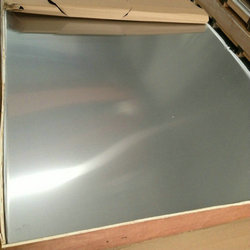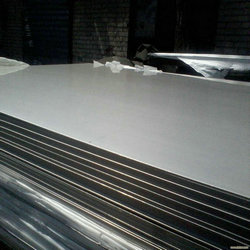
The function of stainless steel coil


Industrial stainless steel coil: heat exchanger, boiler, petroleum, chemical, chemical fertilizer, chemical fiber, pharmaceutical, nuclear power, etc.
Fluid stainless steel coil: beverage, beer, milk, water supply system, medical equipment, etc.
Stainless steel coil for mechanical structure: dyeing, printing, textile machinery, medical equipment, kitchen equipment, automobile and ship accessories, construction and decoration, etc.
Stainless steel coil: light made of stainless steel with good welding will be a reduction of wall, wall reduction from thick to thin, this process can make the wall thickness uniformity, smooth, and the effect of wall stretching wall form without weld. According to the naked eye is seamless tube, but the
process decision is welded pipe. In the process of reduction of wall with bright annealing, make internal and external wall won't form oxidation layer, inside and outside the bright and beautiful, this is medical products need. The next process requires sizing, that is, large drawing small process, to
determine the outer diameter, outer diameter tolerance can generally reach plus or minus 0.01mm.
Carbon is one of the main elements of industrial steel. The properties and microstructure of steel are largely determined by the content and distribution of carbon in steel, especially in stainless steel coil. The influence of carbon on the structure of stainless steel coil is mainly manifested in two
aspects. On the one hand, carbon is an element of stable austenite, and the degree of action is very large (about 30 times that of nickel). On the other hand, due to the great affinity between carbon and chromium, it forms a series of complex carbides with chromium.
Chromium is an element that forms ferrite in the r zone of equilibrium diagram of iron-carbon alloy. In the absence of carbon, the y-zone of iron-chromium alloy containing l2% chromium can be closed, so the structure of pure ferrite can be obtained from low-carbon steel containing l4% chromium.
In the presence of carbon, the amount of chromium in the closed y zone moves to the high chromium side. When carbon content ≤0.08%, chromium steel of l8% is ferrite structure. There is no multi-type transformation during heating and cooling, and it cannot be hardened and strengthened.
When containing 0. 08 ~ 0.22% carbon, 18% chromium steel forms austenitic ferrite structure when heated, which can be partially hardened and strengthened. When containing carbon >0.22%, l8% chromium steel is pure austenite structure when heated, which can be fully hardened and
strengthened. It can be seen that carbon has a great influence on the structure of the stainless steel coil, which is reflected in the mechanical properties of the strength of the stainless steel coil due to the increase in carbon content, but this is only one aspect of the role of carbon in the stainless
steel coil.
The type of carbide formed by carbon and chromium varies according to the amount of chromium in the steel. Steel containing less than 10% chromium, mainly for the carburized form of chromium carbide (Fe, Cr)3C, which contains about 15% chromium and 85% iron; Carbon and chromium in
high chromium steel form complex carbide 'cr7c3 or Cr23C6. 30 ~ 50% chromium in Cr7C3 can be replaced by iron, and 35% chromium in Cr23C6 can be replaced by iron, so these two types of carbide can also exist in the form of (Cr, Fe)7C3 and (Cr, Fe) 23C6. Generally, it can be considered
that (cr, Fe)7C3 contains -65% chromium and 35% iron. (Cr, Fe) 23C6 contains 70% chromium and 30% iron. Stainless steel coils contain more than 10% chromium, so the most common chromium carbide in steel is the last two types of compounds.
Carbon and chromium form chromium carbide to occupy a part of the chromium in the stainless steel coil. Take Cr23C6 as an example, it can be calculated that the carbon in the stainless steel coil combines with chromium 17 times the amount of carbon to form chromium carbide.
It can be seen that the amount of carbon in the stainless steel coil, the formation of chromium carbide needs more chromium, when the total amount of chromium in the steel is certain, the formation of chromium carbide occupied more chromium, the amount of chromium in the solid solution must
be relatively reduced, the corrosion resistance of steel is reduced. Such as the formation of chromium carbide after the solid solution containing less than 11.7% much, this steel is not stainless steel coil, because this is not difficult to see die steel cr12.cr12w, Cr12MoV and other steel, although
also contains 11 ~ 13% of chromium, but they contain carbon up to 2%, so can not be used as stainless steel coil. The metallographer can corrode ordinary steel by using a chemical agent that corrodes the steel, showing that it is not resistant to corrosion because of its high chromium content.


